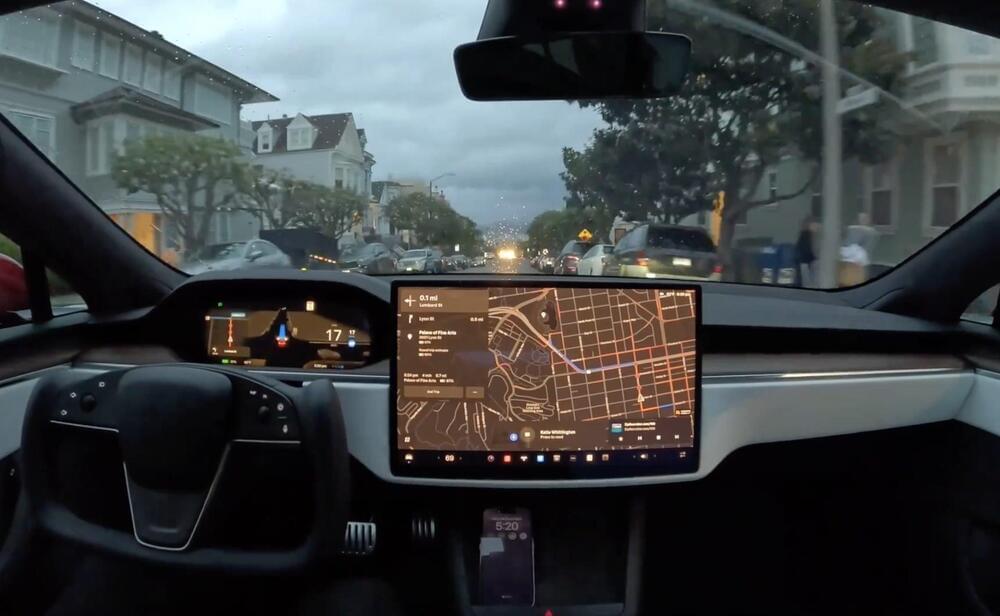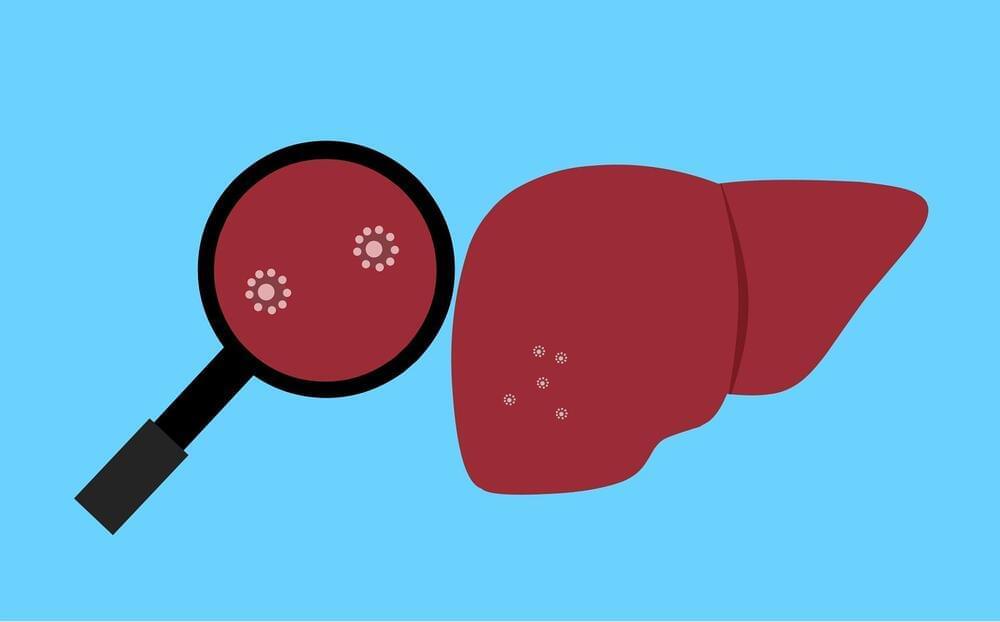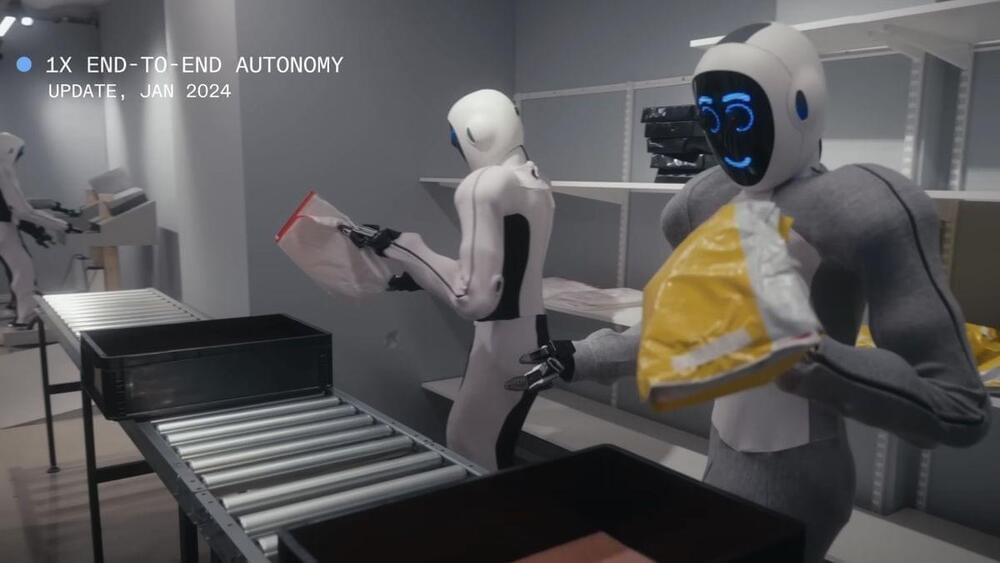Robots may seem like a completely modern phenomenon, but the idea of creating artificial beings is by no means new. In this video we’ll look at the ancient predecessors of our modern robots, and see their development from a concept in mythology, to the earliest simple devices, and finally to full-fledged self-moving statues.
→ CLIPS USED
Metropolis (1927)
Sophia the Robot Gives a Glimpse of What’s to Come in 2020
• Sophia the Robot Gives a Glimpse of W…
Do You Love Me?
• Do You Love Me?





